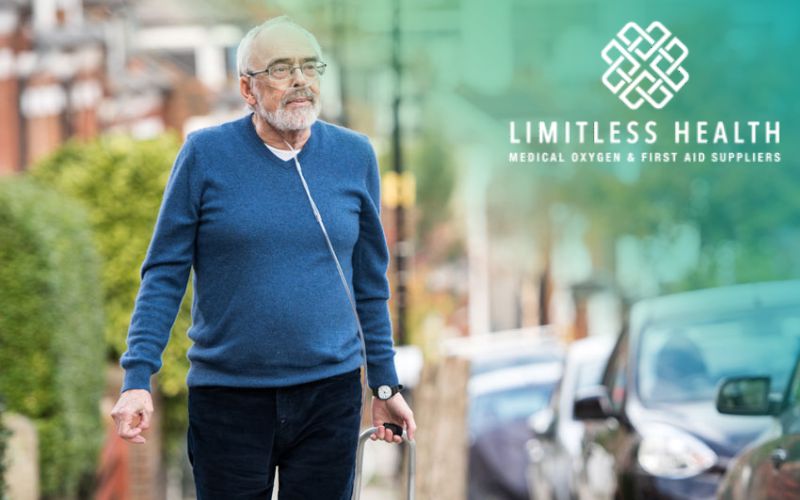Portable oxygen concentrators (POCs) have revolutionised the way patients with respiratory conditions manage their health. Traditionally, oxygen therapy involved cumbersome oxygen tanks, but the advent of POCs has made it easier for patients to receive the oxygen they need while maintaining mobility.
Recent breakthroughs in portable oxygen concentrator technology have made these devices more efficient and user-friendly. Here’s what patients need to know about the latest innovations in this field.
Improved battery life and efficiency
One of the biggest advancements in the new portable oxygen concentrator for sale is improved battery life. Earlier models often required frequent recharging, limiting how long patients could use their devices when they were away from home. Newer models feature extended battery life, allowing patients to use their POCs for several hours without needing a recharge. This development has been especially helpful for those who need continuous oxygen supply throughout the day.
POCs are now also more energy efficient. This improvement not only helps to conserve battery power but also means that oxygen delivery remains consistent even as the device operates for longer periods. Patients can now travel or engage in outdoor activities with greater confidence, knowing their oxygen supply won’t run out unexpectedly.
Lightweight and compact designs
Another breakthrough is the design of a lighter and more compact portable oxygen concentrator for sale. Earlier versions were often bulky and uncomfortable to carry for extended periods, limiting the patient’s mobility. However, today’s POCs are designed to be portable and lightweight. This makes it much easier for patients to carry their devices in backpacks or shoulder bags, promoting independence and freedom of movement.
The compact nature of newer models also makes them ideal for air travel, as they can easily fit into small spaces, and many are approved by airlines for in-flight use.
Improved oxygen delivery systems
Technological advances have also improved the way oxygen is delivered by POCs. Pulse dose oxygen delivery, a method where oxygen is only delivered during inhalation, is now more refined and responsive.
Some POCs even feature adaptive technology that adjusts the amount of oxygen based on the user’s activity level, meaning that they receive more oxygen when they’re exerting themselves and less when they’re at rest.
This creates a more efficient and effective oxygen delivery system, reducing wasted oxygen and maximizing the device’s lifespan.
Quieter operation
Earlier models of POCs could be quite noisy, making them disruptive during conversations or in quiet settings like libraries and theatres. However, advancements in motor technology have resulted in much quieter devices.
Today’s POCs operate with minimal noise, allowing patients to use them discreetly in social settings without drawing attention to themselves.
Smart features and connectivity
The integration of smart technology into POCs is another exciting development. Some newer models come equipped with Bluetooth connectivity, allowing patients to monitor their oxygen levels and device performance through a smartphone app.
These apps can provide real-time feedback on oxygen usage, battery life, and maintenance needs. Some models also offer remote monitoring features that allow healthcare providers to track patients’ oxygen levels and adjust as needed.
The latest breakthroughs in portable oxygen concentrator technology have greatly improved the quality of life for patients requiring oxygen therapy.
As a result, patients who rely on oxygen therapy can now experience greater freedom and comfort, making it easier to maintain an active lifestyle while managing their health condition. As technology continues to advance, portable oxygen concentrators will only become more efficient and user-friendly, giving patients access to the best care possible.
ALSO SEE:
Feature Image: Supplied

